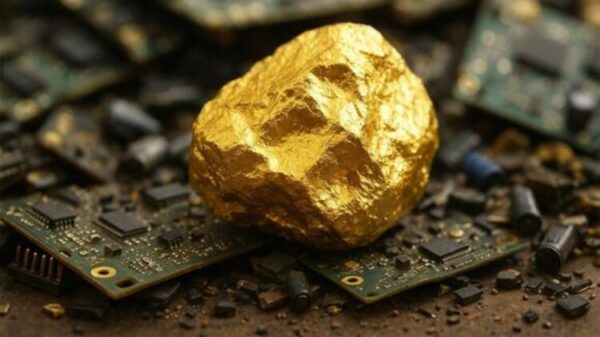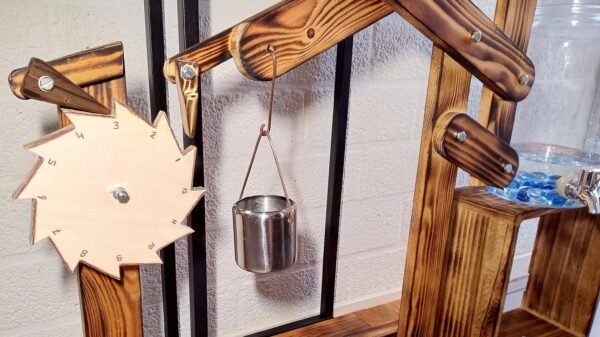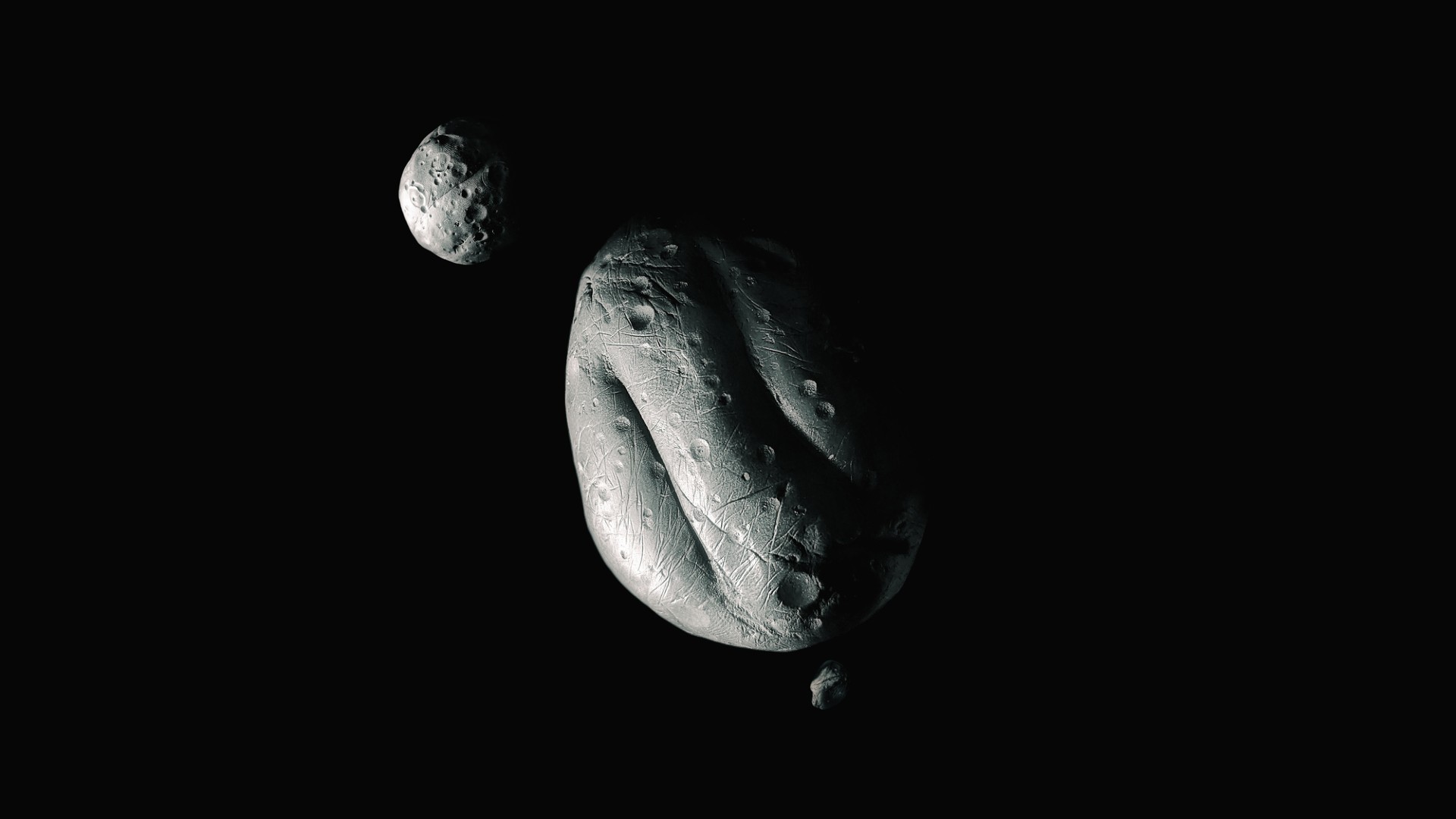Recent research indicates that Earth may host at least six small fragments of the moon, referred to as “minimoons,” at any given time. These objects, which are often less than 6.5 feet (2 meters) in diameter, can briefly orbit our planet before transitioning to a path around the sun. The findings, published in the journal Icarus, shed light on the origins and behavior of these elusive celestial bodies.
Minimoons originate when collisions on the moon eject fragments into space. While most debris is drawn towards the sun due to its stronger gravitational pull, some smaller pieces can be temporarily captured by Earth’s gravity. According to Robert Jedicke, a researcher at the University of Hawaii and lead author of the study, capturing these particles is a complex process akin to a “square dance,” where partners frequently change and some leave the floor for a while.
The study posits that the International Astronomical Union’s definition of a minimoon—an object that orbits Earth at least once and comes within approximately four times the Earth-moon distance—could include a variety of fragments from across the solar system. A 2018 analysis suggested that most minimoon candidates originate from the asteroid belt between Mars and Jupiter. However, the recent discovery of lunar-derived fragments is challenging this notion.
In 2016, the Pan-STARRS1 telescope in Hawaii detected a near-Earth object named Kamo’oalewa, which measures between 131 and 328 feet (40 to 100 meters) in width and orbits the sun in sync with Earth. Further investigations revealed Kamo’oalewa was likely a piece of the moon formed during the impact that created the Giordano Bruno crater between 1 million and 10 million years ago.
Just this year, astronomers identified another object, 2024 PT5, which appears to have originated from the moon. The existence of these two bodies raises intriguing questions about the moon’s potential to generate its own mini-satellites.
Jedicke and his team utilized simulations to estimate the number of lunar minimoons in Earth’s orbit. Their calculations suggest that approximately 6.5 such satellites may be circling our planet at any moment. Nonetheless, Jedicke cautioned that this number comes with significant uncertainty due to various unknown factors, including the size and speed of ejected debris.
Detecting these small objects poses considerable challenges. Ranging from 3 to 7 feet (1 to 2 meters) in diameter, minimoons are difficult to spot because they must be close enough to appear bright yet move swiftly across the sky. “Detecting objects in that size range means they have to be close so they are bright, but if they are close, it means they also appear to be moving quickly across the sky,” Jedicke explained.
The rapid motion of minimoons often results in trails on astronomical images, complicating their identification by telescopic surveys. In one instance, the object 2020 CD3 was only visible to the Catalina Sky Survey on two occasions during its nearly 1,000-night observation period. The successful detection of such objects indicates potential for future discoveries.
These transient bodies may also have commercial implications. According to Jedicke, minimoons could present an easier target for resource extraction than more distant asteroids, as they require less fuel to reach. This could open opportunities for companies seeking to mine water, minerals, and other valuable materials.
From a scientific perspective, understanding minimoons can provide insights into the formation and evolution of our solar system. By studying how lunar debris is ejected during impacts, researchers can gain a clearer understanding of the potential damage asteroids might inflict on Earth.
As scientists continue to observe and identify lunar minimoons, they anticipate that this research will refine predictions about their existence and contribute to a broader understanding of lunar and solar system dynamics. The ongoing exploration may one day illuminate the mysteries of our celestial neighborhood, revealing the intricate dance of these tiny, transient moons.








































































